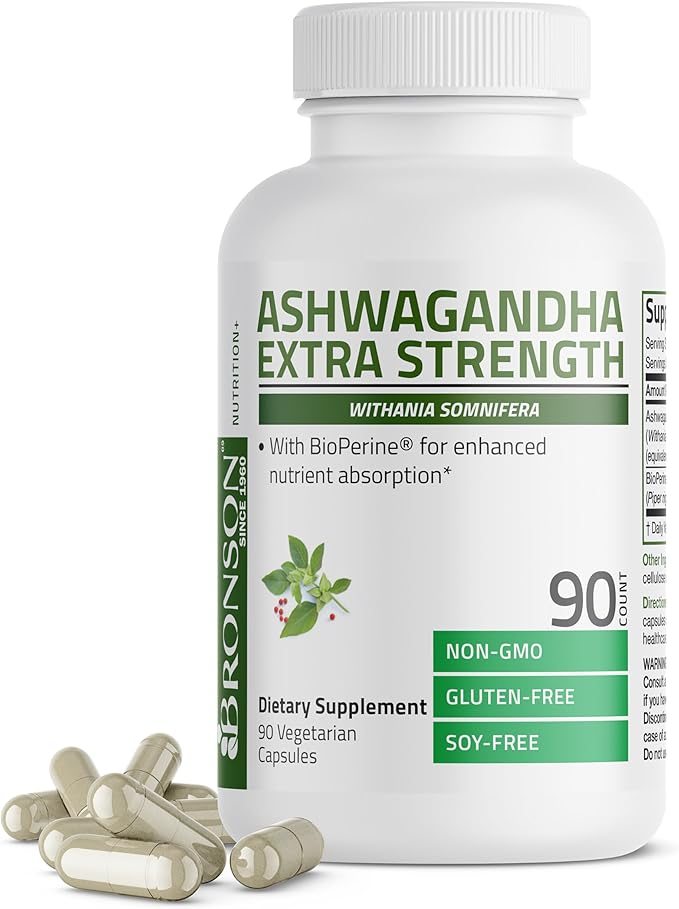Can you take Betaine and Trimethylglycine together?
Interaction Details
Taking Betaine and Trimethylglycine together has an exceptionally high potential for synergy, suggesting a rating of 5 out of 5.
Explanation of Synergy: Betaine and Trimethylglycine (TMG) are actually the same compound, with TMG being another name for betaine. This means they are not just synergistic but identical, leading to a perfect synergy rating. The benefits of taking this compound include enhanced methylation processes, improved liver function, and increased muscle strength and endurance. Since they are the same substance, combining them does not introduce new variables but rather increases the dosage, which can amplify the aforementioned benefits, assuming the higher dose remains within safe limits.
Potential Benefits
Betaine
Betaine is a naturally occurring compound found in various foods, also known as trimethylglycine, which plays a crucial role in methylation processes and serves as a methyl donor in the conversion of homocysteine to methionine.
Trimethylglycine
Trimethylglycine (TMG) is a compound found in various foods, also known as betaine. It is involved in the body's methylation process, helping to convert homocysteine to methionine.
